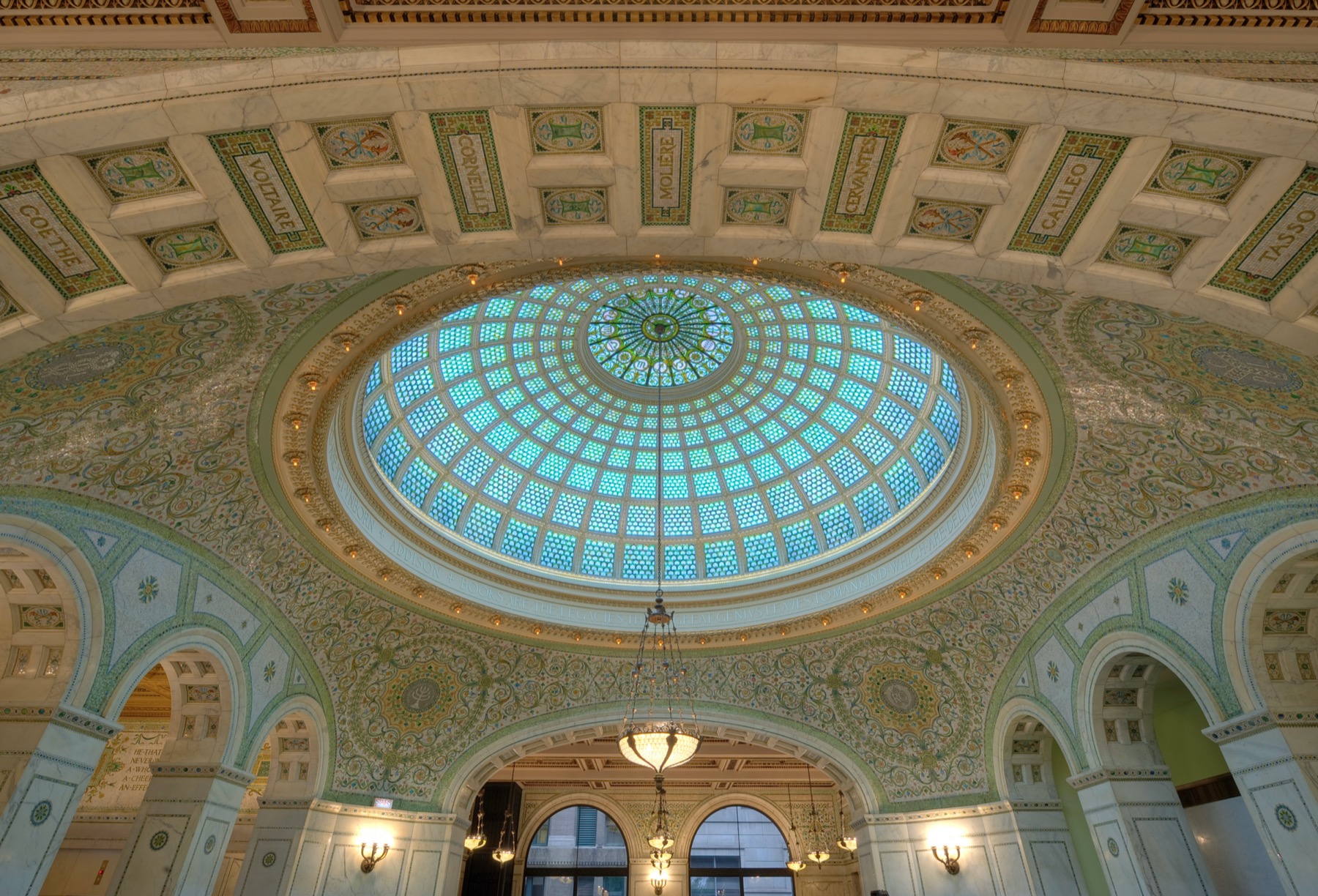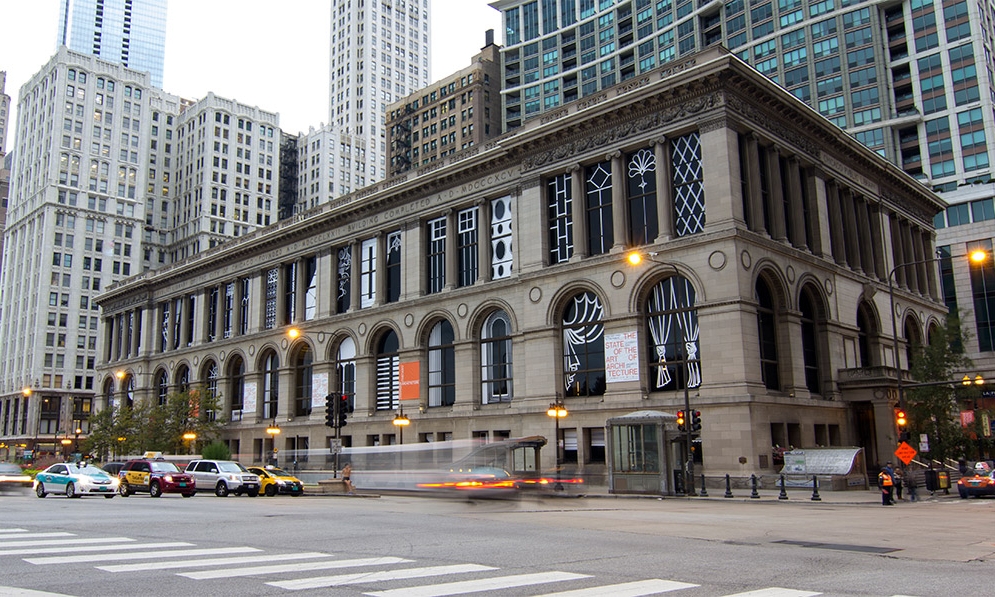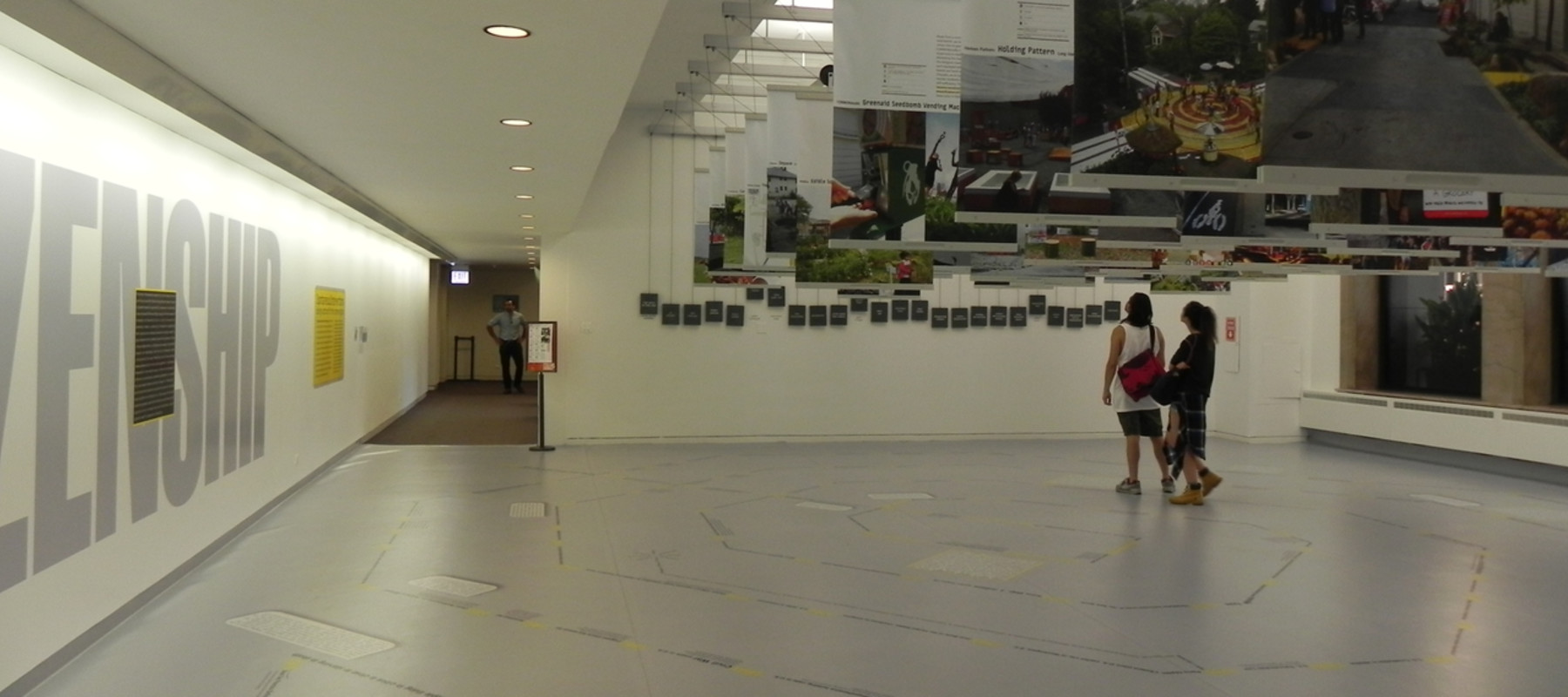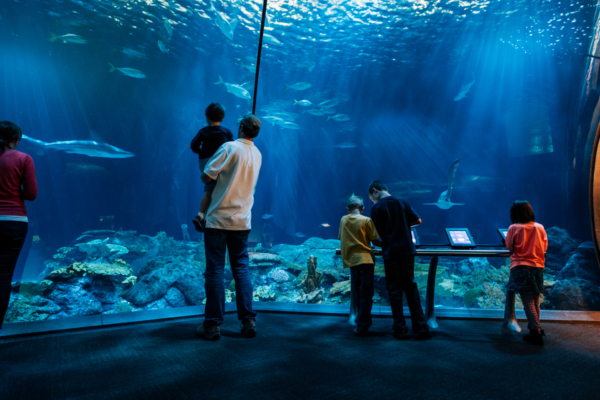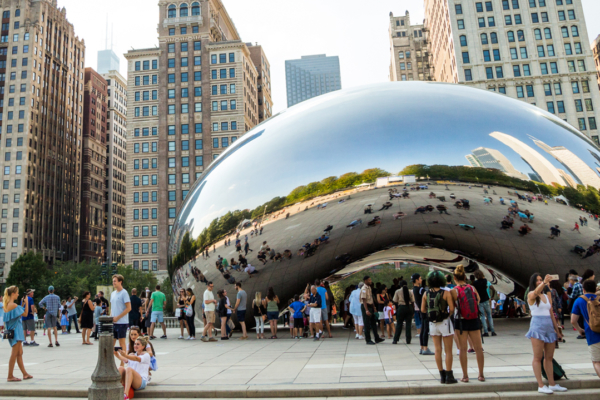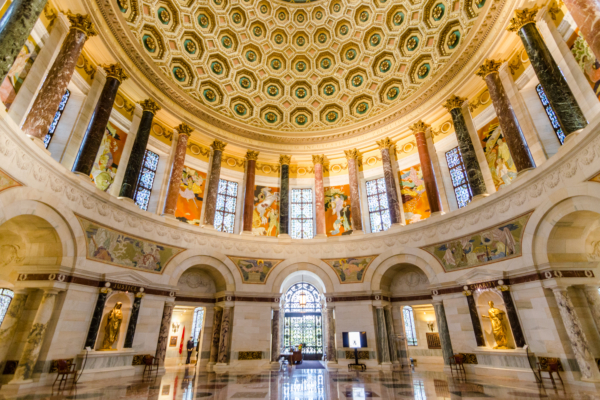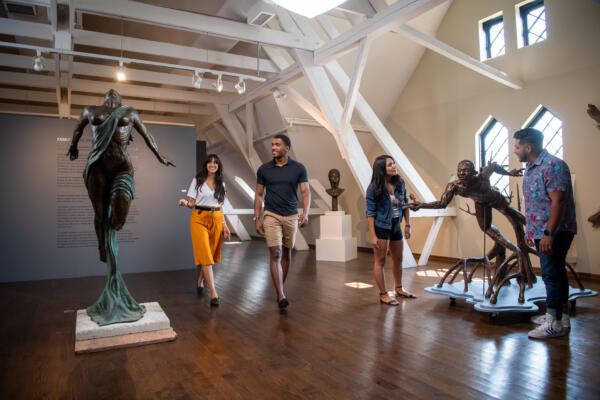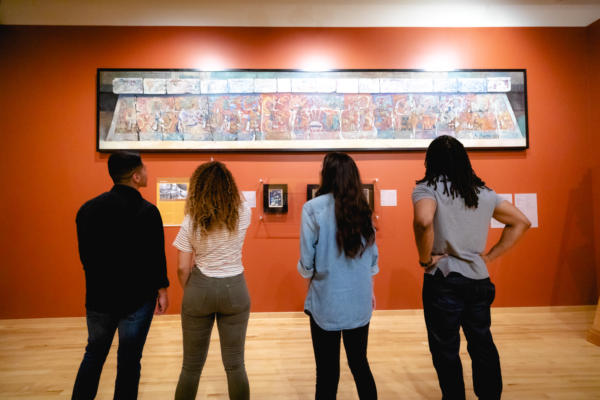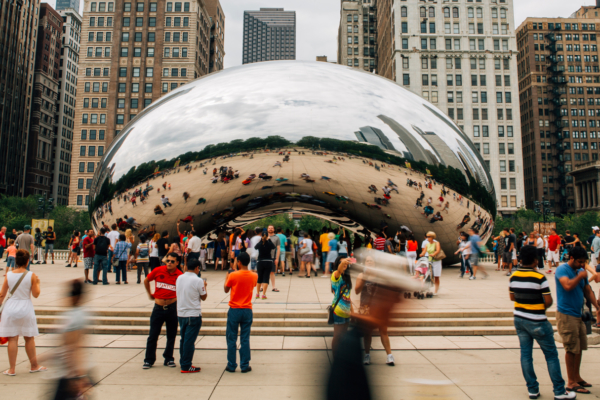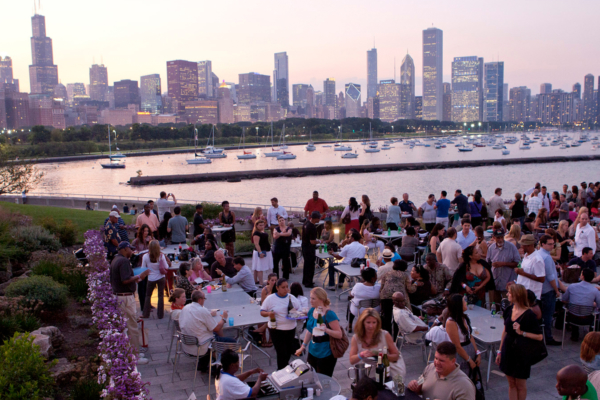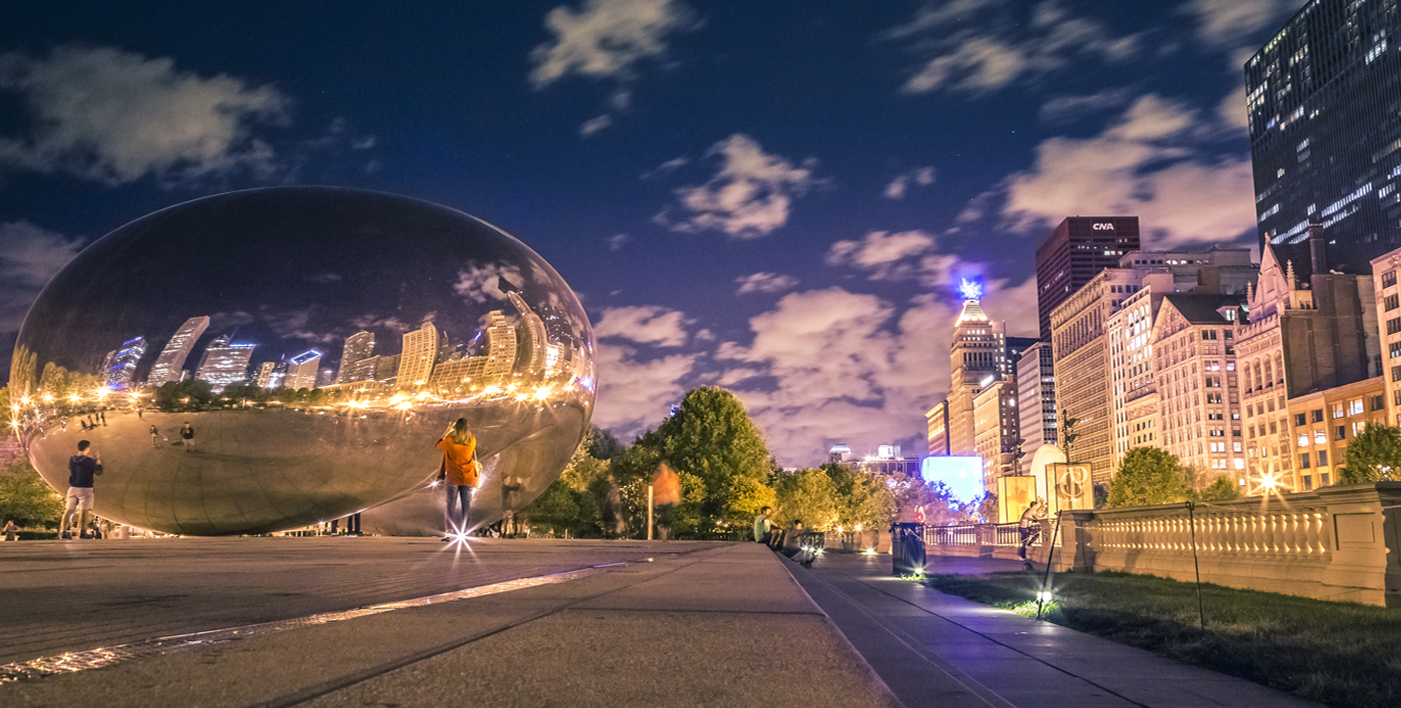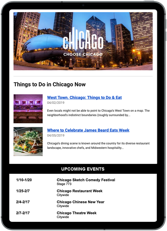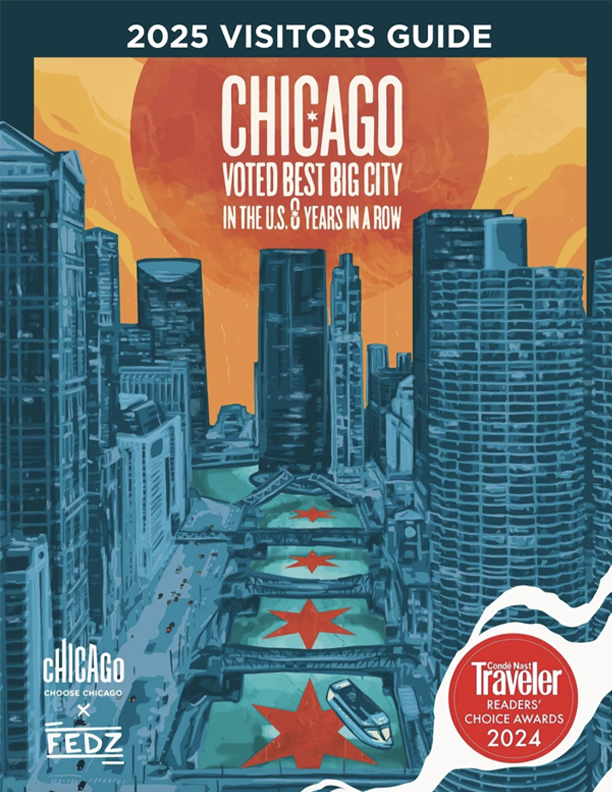The Chicago Cultural Center is one of the city’s most popular attractions and the cultural heart of the downtown Loop neighborhood. Taking up an entire city block, the stunning landmark building is home to the world’s largest Tiffany stained glass dome and presents more than 700 humanities programs a year — and many of them are free and open to the public.
Spend hours admiring the architectural splendor of this Chicago gem or just stop in for a quick dose of culture. Here’s everything you need to know about the Chicago Cultural Center.
Free music, exhibits, and more
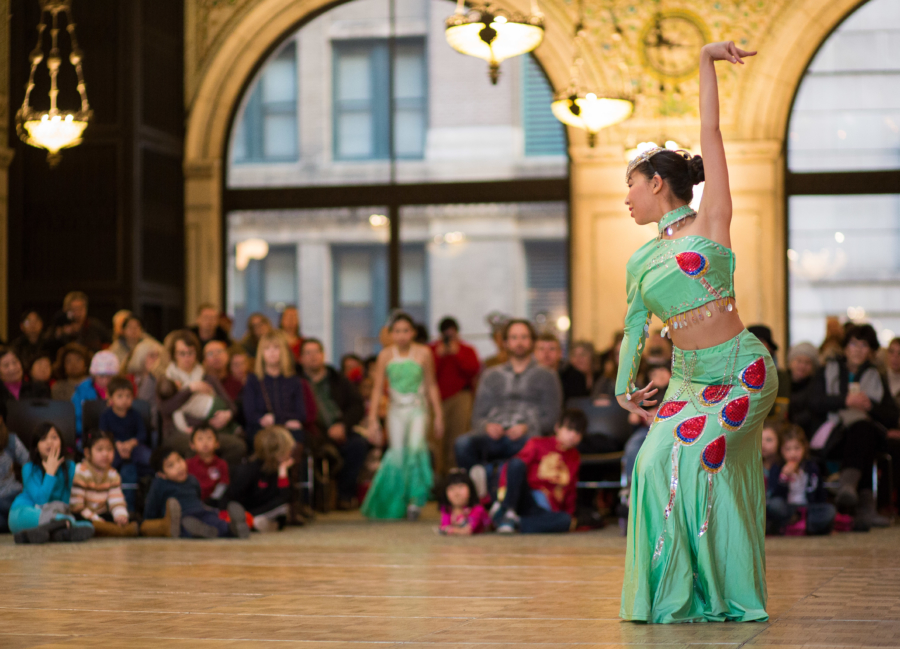
Come for the beauty, stay for the arts and culture — no tickets required.
- Free art exhibits — An array of special and visiting art exhibits in four major galleries showcase local and national artists.
- Freemusic concerts — Check the calendar for upcoming shows from the ongoing free music series that takes place in jaw-dropping spaces, creating wonderful acoustic experiences.
- Freeprogramming — Join downtown audiences for film screenings, lectures, theatre, and dance; or bring the whole family for kid-friendly events and workshops.
The Chicago Cultural Center also hosts performances during major annual events, like the World Music Festival and the Chicago Gospel Music Festival.
Check out the complete Chicago Cultural Center schedule. And take a look at free things to do at the Chicago Cultural Center.
Local artisan market

Buddy is a new space that gives local artists and makers a place to showcase and sell their goods. Browse one-of-a-kind art objects, jewelry, clothing, vinyl records, toys and games, and more — and feel good knowing that 100% of sales go to the artists. The space is also planning to host exhibitions, talks, workshops, performances, readings, and product launches.
Marvel at stunning architecture
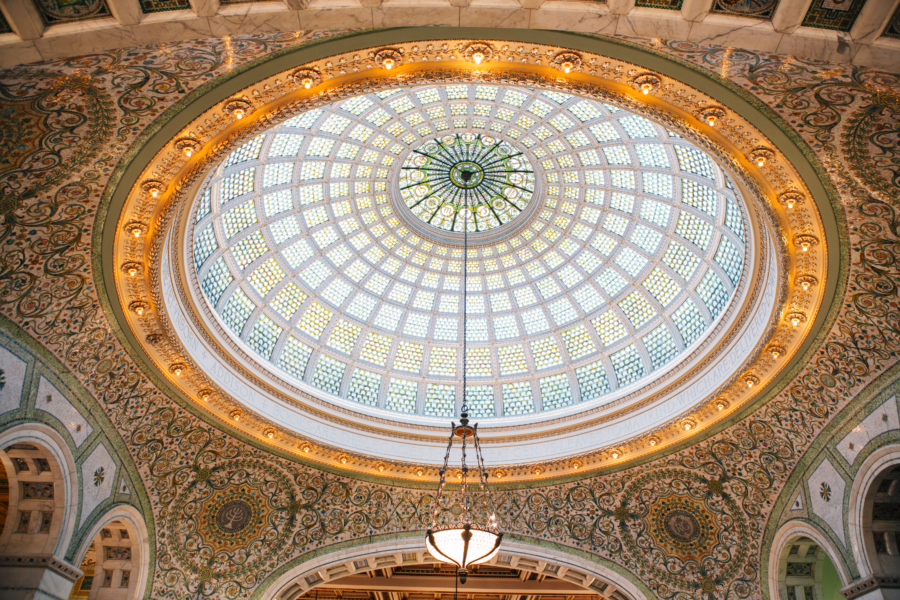
A Tiffany glass dome, mother of pearl mosaics, a Carrara marble lobby — the Chicago Cultural Center’s dazzling interior is the perfect backdrop for the artful programming hosted here.
The building was designed in the Classical Revival style, taking inspiration from the monumental structures of ancient Greece and Rome, and the finely detailed buildings of the Italian Renaissance.
With its historic interiors restored to their original grandeur, the Chicago Cultural Center is listed as a Chicago Landmark and on the National Register of Historic Places.
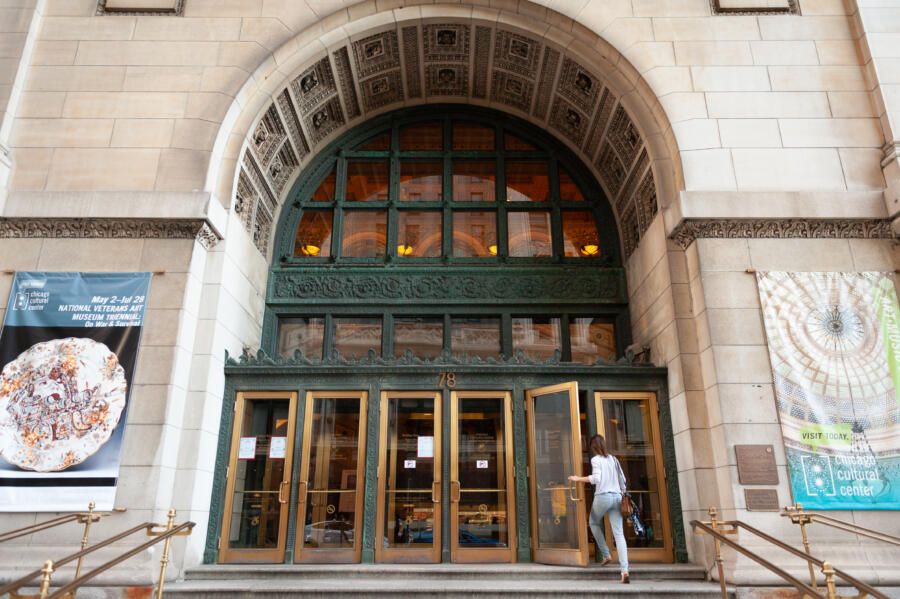
Don’t miss these architectural highlights at the Chicago Cultural Center:
Washington Street Lobby: Originally the main library entrance, this light-filled space is one of the building’s showcases. Mosaics of glass, gold leaf, mother of pearl, and precious stones are set in the style of the Italian masters. The soft-surfaced marble is white Italian Carrara, taken from the same quarries used by Michelangelo for his sculptures. Extending up three stories, crisscrossing staircases are richly decorated with themes relating to great thinkers, authors, and literary works of the past.
Preston Bradley Hall: This stunning hall is known for its ornate ceiling covered in stunning mosaics. The centerpiece is the luminous Tiffany glass dome, the largest of its kind in the world, containing approximately 30,000 individual glass pieces.
More architectural features: Don’t miss the 40-foot diameter dome and Civil War battle motifs in the Grand Army of the Republic Rotunda and Hall; the massive windows and ornate ceilings in the Yates Gallery; and the central curving staircase on the Randolph Street side — gently inclined for the comfort of aging veterans ascending to the memorial rooms above.
History of the Chicago Cultural Center
Steeped in local history, the “People’s Palace” is a downtown institution that stretches from Washington to Randolph Streets, and Michigan Avenue to Garland Court.
It opened in 1897 to serve two purposes: As the first permanent home for the Chicago Public Library (the building’s Washington Street side), and as the headquarters for the Grand Army of the Republic, the Civil War Union Army veterans’ organization (the building’s Randolph Street side).
In 1947, the Chicago Public Library took over the entire building, later vacating it to open in its new central State Street location at Harold Washington Library Center in 1991. Also in 1991, the building was rededicated as the Chicago Cultural Center, and became the nation’s first free municipal cultural center.
Free tours of the Chicago Cultural Center
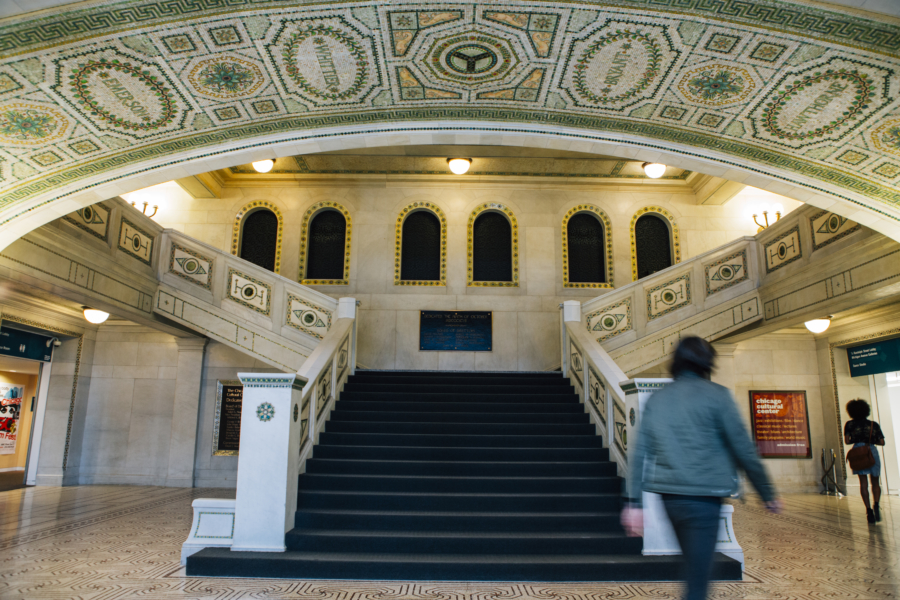
Don’t miss the free tours of the Chicago Cultural Center, where you can learn more about the building’s history, architecture, and events. The tours depart from the welcome center on the first floor. Reservations are not required, tours are first come first served.

